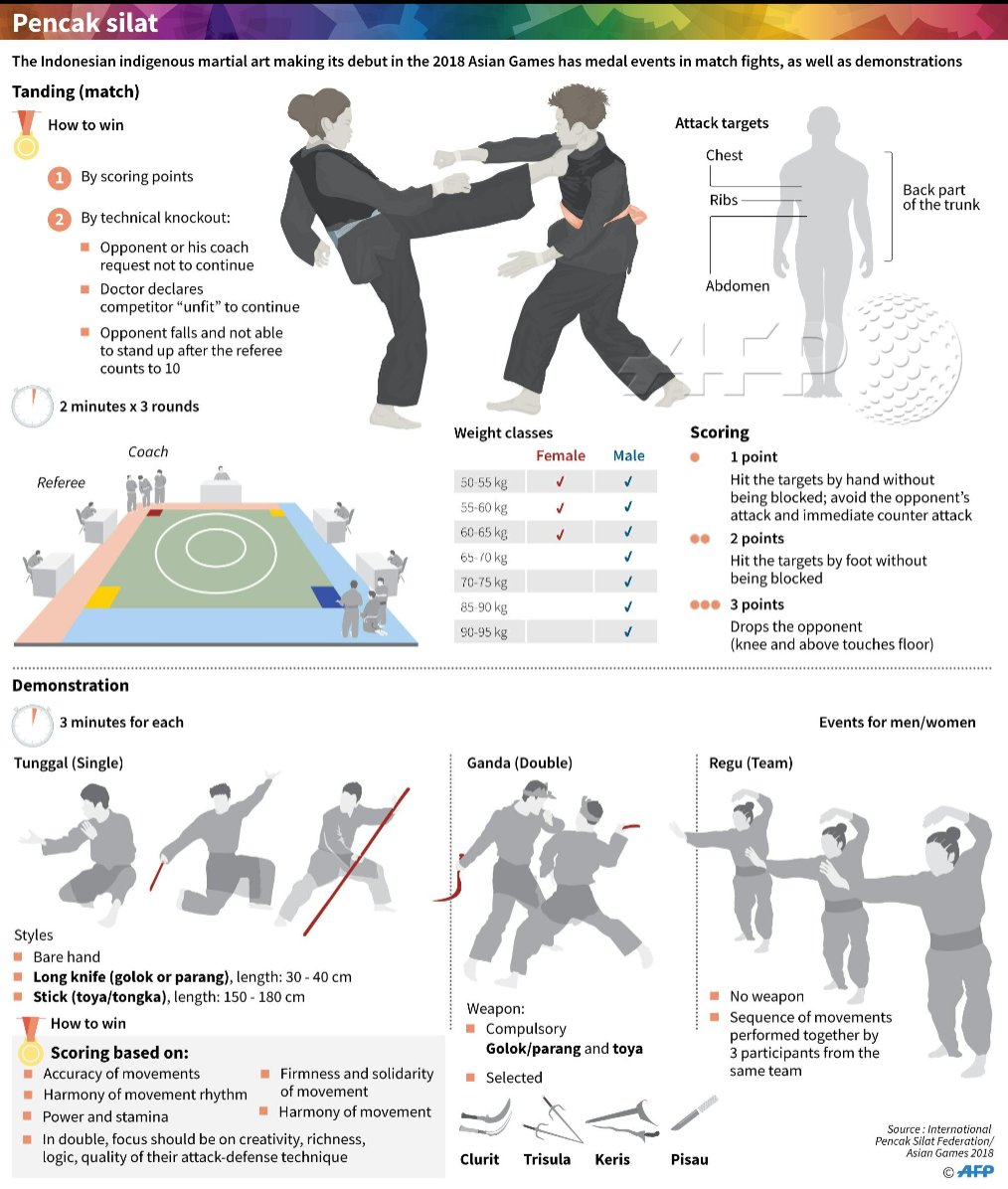Revealing The Variety Of Martial Arts Disciplines: An Overview From Martial Arts To Taekwondo
Revealing The Variety Of Martial Arts Disciplines: An Overview From Martial Arts To Taekwondo
Blog Article
Posted By-Borch Russo
Are you tired of feeling bewildered by the vast globe of martial arts? With numerous styles to choose from, it can be simple to obtain lost in a sea of strikes, kicks, and mystical names. However fear not!
This conversation will debunk the various fighting styles designs, taking you on a journey from the powerful strikes of Karate to the dynamic kicks of Taekwondo. Prepare to reveal the beginnings, techniques, and philosophies behind these ancient art types.
So, tighten your belt and prepare to embark on an enlightening exploration right into the exciting globe of fighting styles.
Beginnings of Martial Arts Styles
The origins of martial arts designs can be traced back to ancient civilizations and their need for protection and combat techniques. Throughout history, different cultures established their own special techniques of combating, each with its very own collection of techniques and ideologies.
In China, as an example, fighting styles styles such as Martial art and Tai Chi were created as a means of protection and improving physical and psychological well-being.
In Japan, the samurai warriors created styles like Karate and Judo, focusing on self-control, precision, and mastery of the body.
Similarly, in Korea, Taekwondo emerged as a fighting style stressing high kicks, quick motions, and mental fortitude.
These very early worlds laid the structure for the varied range of fighting styles styles that exist today, each with its very own rich background and social importance.
Methods and Educating Methods
To grasp martial arts designs, experts should find out numerous techniques and training approaches.
Strategies are the specific activities and activities used in combat, such as punches, kicks, throws, and obstructs. Different martial arts designs have their own special set of techniques that practitioners need to grasp via extensive training.
Training techniques differ depending upon the style, but they usually include a combination of physical conditioning, drills, sparring, and kinds.
Physical conditioning is critical to build toughness, versatility, and endurance. https://best-martial-arts-for-hyp32986.blog-a-story.com/13003750/keeping-interest-in-your-martial-arts-trip help specialists refine their techniques and enhance their speed and accuracy.
Competing permits professionals to exercise their strategies in a managed, sensible environment. Types, also called kata, are prearranged series of motions that aid practitioners create muscular tissue memory and focus.
Ideologies and Principles
Exploring the ideologies and principles of fighting styles styles can give you with a deeper understanding of your selected discipline. Each fighting style has its very own unique philosophy and collection of directing concepts that shape the means it's exercised.
For example, Martial arts highlights technique, regard, and self-constraint. It teaches professionals to concentrate their body and minds, allowing them to defend themselves while preserving a feeling of inner peace.
On the other hand, Taekwondo places a strong emphasis on rate, dexterity, and flexibility. Its concepts are rooted in the tenets of courtesy, honesty, determination, self-discipline, and indomitable spirit.
https://globalcomment.com/the-karate-kid-and-his-rip-offs-a-showdown/
Since you have actually discovered the beginnings, methods, and approaches of different martial arts designs, you have a deeper understanding of these old disciplines.
Imagine a young karate student, experimenting steady resolution and focus, breaking through boards with a powerful strike.
Their journey showcases the devotion and toughness required to master a martial art, reminding us that with self-control and willpower, anything is feasible.
